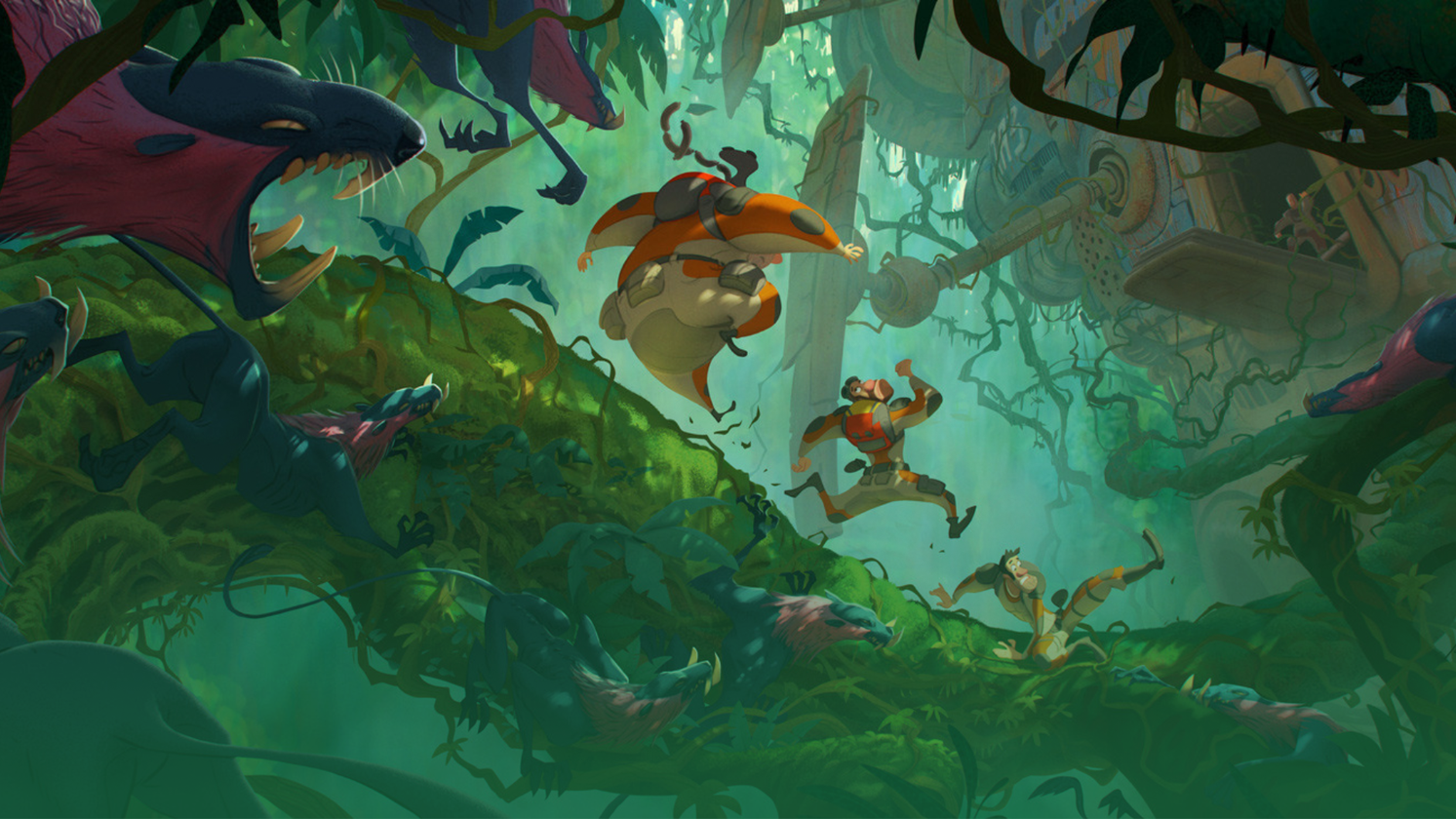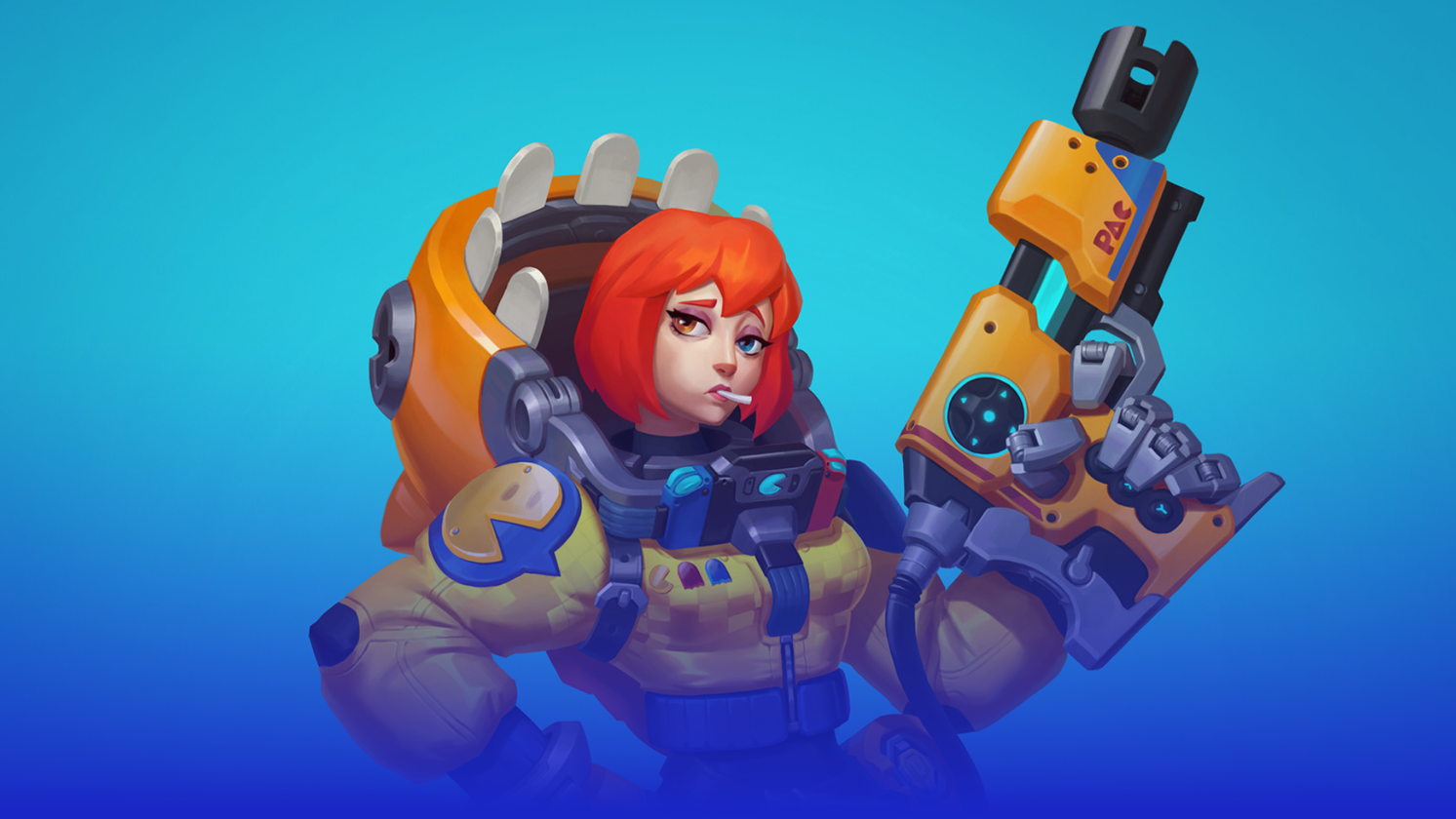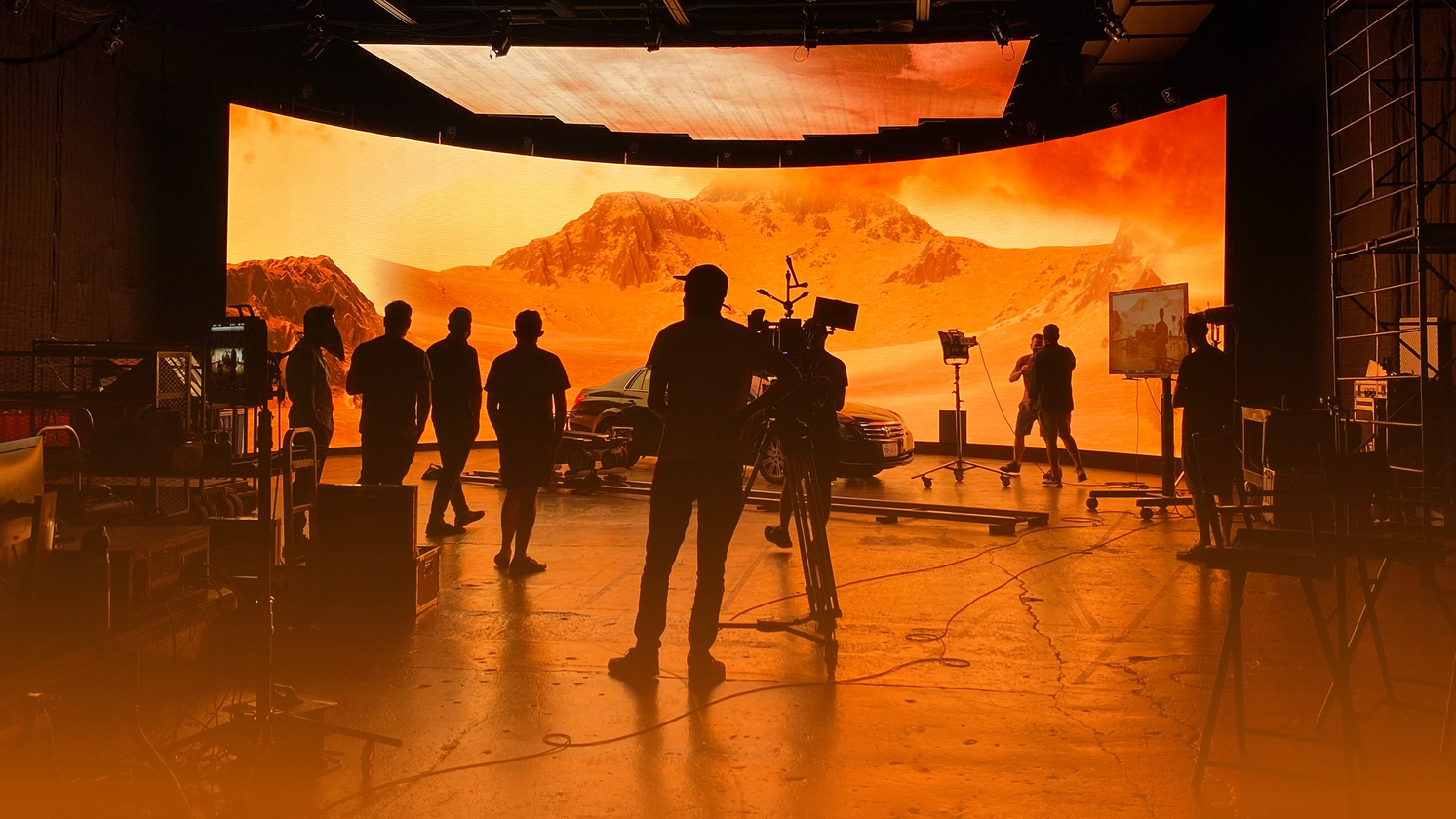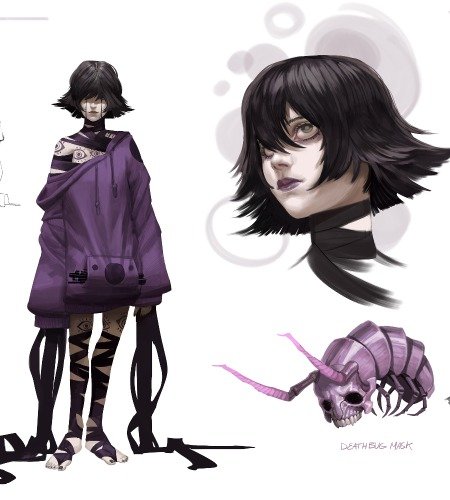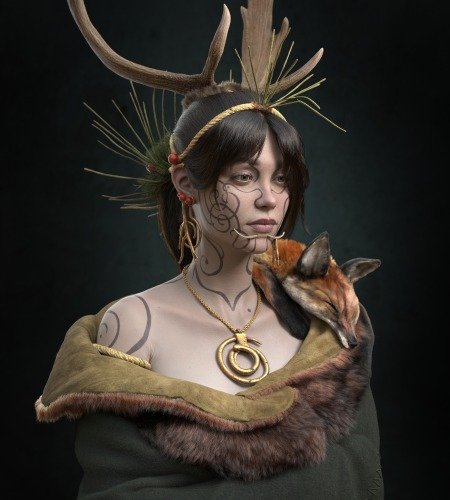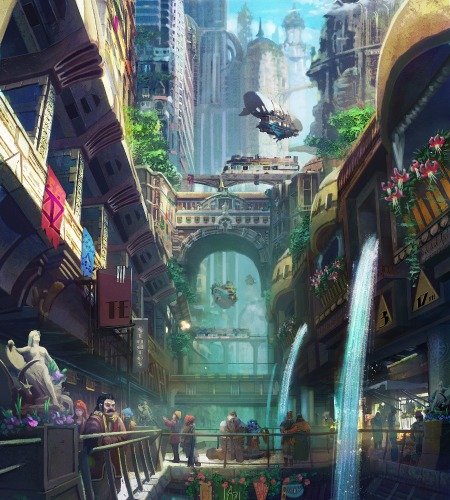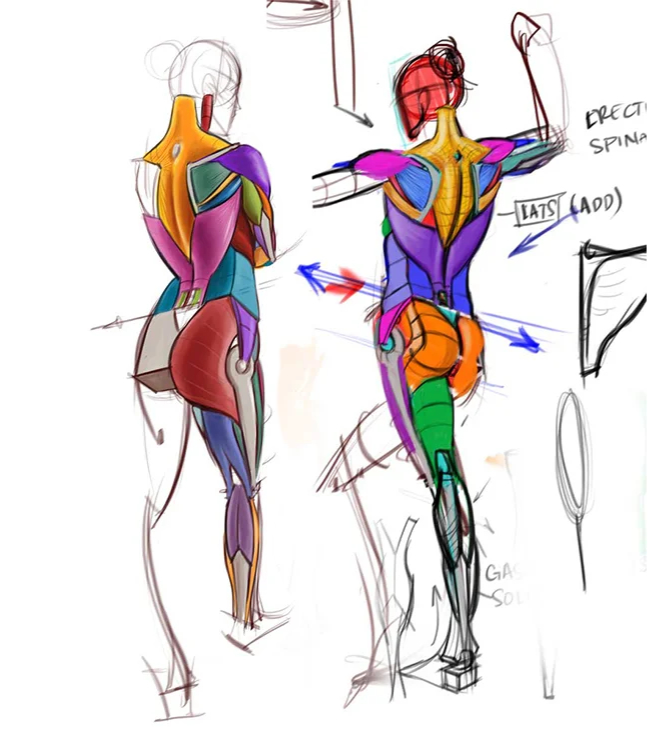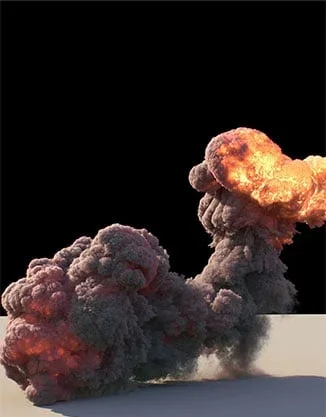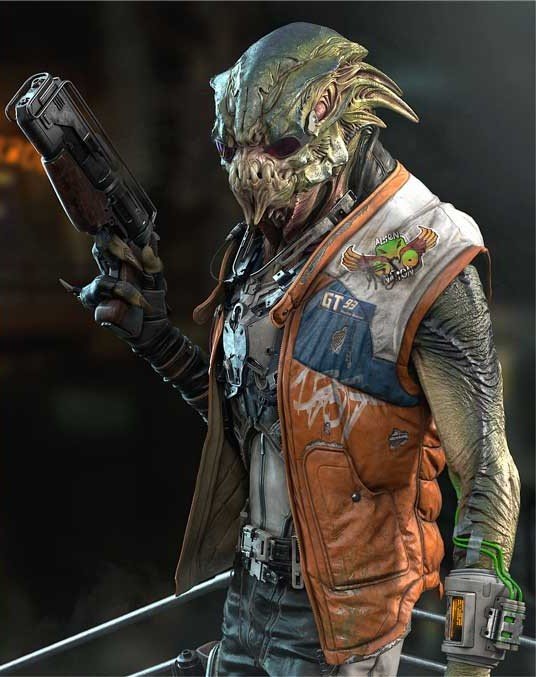Abandoned Library in UE4: Modular Approach & Materials
Jonah Pankonin took the UE4 Modular Environments course at CGMA and did a breakdown of his library scene made during the studies.
Introduction
Hi! My name is Jonah Pankonin and I currently live in Kelowna, Canada. I am a college drop-out trying his best to land an environment art position!
As of right now, I am self-taught. I try to watch all the tutorials I can and read all the articles I can. But for me, CGMA is the most beneficial resource out there. I have already taken one of their courses and I knew I needed to take another. Clinton’s class was the perfect one – it is filled with content and Clinton himself is very knowledgeable both on the technical and artistic sides. It is at a reasonable cost for the amount of content you get out of it and being around like-minded individuals is really inspiring!






Inspiration & Software
The hardest part is always figuring out what scene to do. I wanted something that would take advantage of the modularity aspect of the class and have something I could still enjoy making.
In the past, I played Red Dead Redemption 2 and The Order 1886 so those games made me want to create something set in the 1900s or around that. However, halfway through the course, a classmate suggested a resident evil style scene and I felt like my project really came together after that. The mood and atmosphere portrayed in those games gave me a lot of ideas for my scene and helped with the lighting.
I used quite common in industry software:
- Maya + ZBrush: High Poly Modelling
- Substance Painter/Designer + Photoshop: Texturing and Material authoring
- Marmoset Toolbag: Baking
- Marvelous Designer: Cloth Sim
- Unreal Engine 4: Level Creation, Scene Rendering
Blockout & Modularity
The scene started out in Maya: I created all the modular pieces and made sure they fit nicely inside there. Of course, having a mannequin for scale reference is very important – the last thing you want is a too large element (for example, staircases) or else the whole scene will feel off. Once all the pieces are good to go and fits nicely I begin taking the pieces into Unreal Engine and assembling the scene. Here, I also begin doing basic lighting. Usually, it’s a default setup: a directional light and skylight.


Once I feel like I have a good composition I move on to my unique props to fill the scene. Most unique props are modeled in Maya using basic sub-d modeling, some assets are polished in ZBrush. For baking, I mainly use Marmoset Toolbag. It’s one of my favorite tools because of its simplicity, the ability to change your cage, change normal skew, and how fast it bakes.
Materials
Having a lot of assets can turn into a challenge when it comes to texturing, so I tried to make the most out of trim sheets and tiling textures in this project.
All trims and tiling textures are done in Substance Designer. The ability to change anything with a single node and the amount of variation you get makes it a must-know tool.
Substance Designer was also extremely helpful because I could skip the whole bake-from-high-poly-to-a-plane step. A technique I used to get nice shapes for my trim was the curve node. This node allows you to remap values based on Bezier curves.



For my unique assets, I went the regular way and used smart materials in Substance Painter. I reused a bunch of my old smart materials, plus took some from Substance Share. It’s a great free resource for Substance Painter materials.
Once I am satisfied with how everything looks I export my Albedo, Normal, and a combined map that contains my Ambient Occlusion, Roughness, and Metallic.
Inside UE4, I did a few things in the material editor. Firstly, I add my baked AO as dirt inside my materials. This is done easily by enabling Use Ambient Occlusion under the Lightmass settings.
My vertex painting setup is the same but here the PrecomputeAOMask is changed with vertex color node.
I also set up fog planes casting from the windows. Setups like these help break up the repetition and add some more visual interest to the scene.
Breakdown of materials used inside UE4
Lighting, Post-Process & Final Touches
The lighting for my scene is all baked to get the best quality. I’m no lighting expert (probably far from one) but it’s something I still enjoy doing. A good lighting setup really pushes the scene to 100%. An incredibly helpful resource for learning lighting in general and in UE4 is Tilmann Milde’s videos.
I tried to keep things simple, so my main lights are a directional light and skylight. Once I am happy with those two things, I start adding other lights like lamps, candles, and some spotlights outside shining through the windows to brighten up nearby areas.
At this stage, I also go crazy with decals. Decals are great for breaking up the repetition, storytelling, and just helping the scene feel more grounded.
My post-process is pretty basic as well. I didn’t need a LUT for my scene as the color grading tools were enough for me. For the most part, all I did was desaturate the color and up the contrast a bit.
In-engine shot
Conclusion
Overall, Clinton’s class really helped me push through this environment and I am extremely happy about the final result. The 10-week class was filled with content laid out in a well-structured way. I can easily recommend this class to anyone interested in environments for games.
During production, I faced a lot of challenges. At first, things will look bad and they might stay that way for a while, however, being persistent will reward you in the end. Making art is an iterative process and you can only reach great results by hunkering down and keeping on working.
Thank you for reading!
Jonah Pankonin, Environment Artist
INTERVIEW CONDUCTED BY ARTI SERGEEV
For more information on CG Master Academy and the UE4 Modular Environments course, please visit the CGMA website, or email [email protected].


